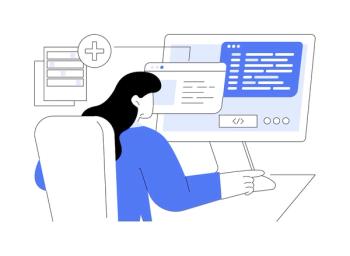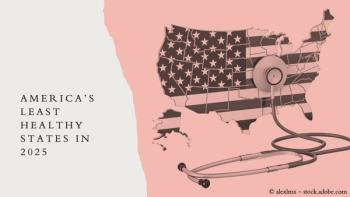
An interoperability report from the field: It’s not pretty
Interoperability is a nice dream, but the waking version is still a nightmare.
Interoperability is a nice dream, but the waking version is still a nightmare.
Many frustrations stem from the lack of standardized programming and data formats. My colleague at
For successful data exchange, we must know “who, what, where, and how.”
Without a system of national patient ID numbers, algorithms match multiple demographic factors to determine who the right John Smith is. Tedious mapping ensures that what flows from one source to another is correct, e.g. diagnosis, lab result, or immunization. Standardized identifiers (SNO-MED for diagnoses, LOINC codes for lab tests) must be mapped either by the vendor or the end user. eClinicalWorks left some LOINC matching to doctors six years ago, when I exclaimed like Star Trek’s Dr. McCoy, “Dammit, Jim, I’m a doctor, not a LOINC coder!”
Related:
Mapping costs, in money and months, explain why most practices only contract with one to two labs. An even greater headache: 50 states with 50 unique immunization registries!
A third problem: Where historical data resides is not standardized across EHR platforms, so a continuity of care document (CCD) flows as a single document instead of populating specific data fields.
Finally, the Health Insurance Portability and Accountability Act (HIPAA) defines how data goes securely from point A to point B. HIPAA defines fax as safer than email, so we use mandated but outdated transmissions.
I love sharing records with the hundreds of local doctors using our version of Epic. The “Care Everywhere” feature enables data exchange among different Epic installations. After getting a patient’s signed paper consent, we can access Epic records in 45 states. However, information from non-Epic EHRs has limited utility. Glas finds that without detailed notes, outside CCDs meet Meaningful Use criteria more than they do clinical usefulness.
Bottom line: Ancient Egyptian papyrus technology and 1970s facsimile technology still thrive alongside 2015 computer programming. Interoperability isn’t quite ready for prime time, but could be as revolutionary as television was. Let’s hope we won’t be waiting until TV’s centennial!
Elizabeth Pector, MD, is a family physician and a member of the Medical Economics Editorial Advisory Board. She practices in Naperville, Illinois.
Newsletter
Stay informed and empowered with Medical Economics enewsletter, delivering expert insights, financial strategies, practice management tips and technology trends — tailored for today’s physicians.








